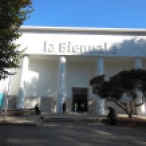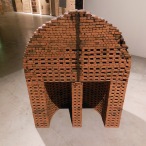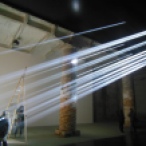
Every architect I know wholeheartedly believes in climate change. Most feel a responsibility to stop it. Perhaps that is because they know the building sector is responsible for 75% of carbon emissions in Washington DC. That number is even higher if you consider that transportation decisions are greatly influenced by the built environment.
At the 2019 American Institute of Architects national conference this past June, members overwhelmingly voted to pass a resolution for “urgent and sustained climate action…to exponentially accelerate the decarbonization of buildings, the building sector, and the built environment.”
Yes, it’s about time. Now how do we make it happen? The biggest step will be by designing all new construction and existing buildings as net zero energy (or zero-net-carbon). Basically, this means that the energy a building and its occupants need will be from renewable sources (no natural gas or fossil fuels). The ZERO Code, developed by the nonprofit Architecture 2030, has free tools for architects and clients to calculate energy consumption and provides carbon free options. You can be a net zero hero starting today!
“The ZERO Code provides AIA’s members a straightforward and cost-effective path for designing buildings that are zero net carbon today.” – Ed Mazria with Architecture 2030
Read more about the ZERO Code in this AIA article. Read more about the AIA resolution here.

































